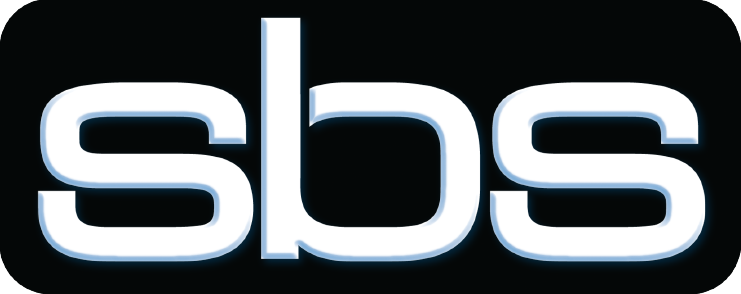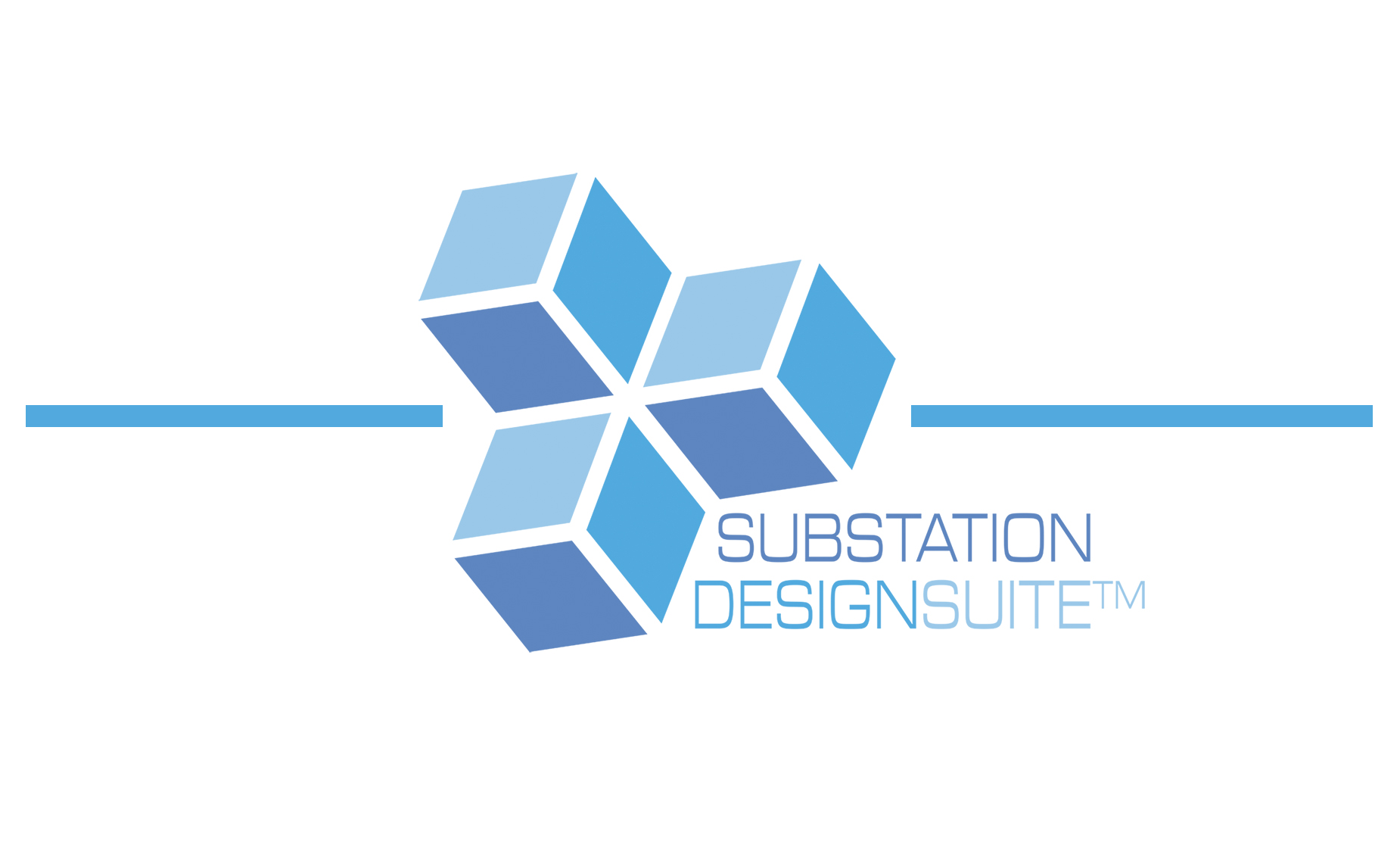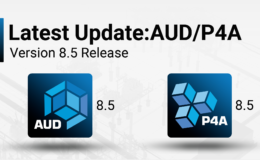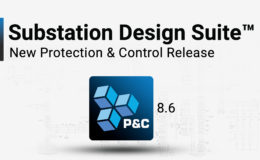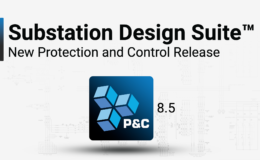Consolidating Physical and Electrical Substation Design into Single Environment
Introduction
Several months ago, we announced our roadmap for the Substation Design Suite™ (SDS) software. Our goal is to lead the substation design market by enabling “Agile Collaboration for Substation Design and Engineering”. Within this goal, we have four major themes:
- Design overhead reduction
- Engineering collaboration enablement
- Enterprise integration
- Vendor catalog integration
We are pleased with how much progress has been made over a short period of time. SBS has released our newest module of the Utility DataHub™ suite of software products, Utility DataHub™ – P&C-Physical. This newest module is a significant step in addressing the first three themes listed above. And stay tuned, some exciting developments on the vendor catalog integration will be coming soon.
What is the Utility DataHub™?
Utility DataHub™ (UDH) is a suite of products that SBS has developed to resolve common integration needs for utilities. Previous UDH modules have focused on the integration of distribution design CAD products with spatial information, engineering applications, and corporate infrastructure. Utility DataHub™ is designed to not only integrate, but to bridge the information gaps that exist between CAD, GIS, existing infrastructure and complex engineering systems. These advanced integrations are used to support utility processes related to design, construction and operations of utility assets.
Utility DataHub™ products have been designed to reduce the total cost of ownership of these interfaces by making them configurable and easy to install, rather than long, custom coded development projects. The UDH architecture protects organizations from upgrades, or changes between different product, allowing organizations to reduce long term support costs.
About Utility DataHub™ – P&C-Physical Module
The release of the Utility DataHub™ – P&C-Physical module plays a key role in advancing the Substation Design Suite tools from a set of stand-alone design tools to a collaborative environment. UDH P&C-Physical merges the workflows between the electrical and physical design processes. UDH P&C-Physical integrates the two unique workflows through a client SQL database, linking elements of the SDS Physical design, which is based on Autodesk Inventor, with the Protection and Controls designs, based on AutoCAD® Electrical. The integration of the workflows in near real-time extend the capabilities of the previous stand-alone platforms to provide advanced design checking, and common Bill of Material generation. Design checking such as phasing, equipment ratings and breaker rotation that previously had to be performed manually at the completion of the design can now be run in UDH at any point during the design process to ensure the physical and electrical designs are in sync.

This type of automated design checking between the Physical and Protection and Controls environments is an absolute game changer compared to the antiquated process often performed with printouts and color highlighters. These manual methods of validating design are prone to errors due to the sheer amount of data to be checked between the two designs.
Once the design is validated, UDH – P&C-Physical provides the ability to generate a consolidated, accurate bill of materials to enable important design deliverables such as cable schedules and equipment lists. The consolidated bill of materials supports add/remove statuses, which are required to support estimating and material management processes. This consolidated data environment changes the paradigm of the SDS tools as stand-alone products. The consolidation within the substation design process positions SBS to provide future capabilities related to improved construction documents as well as substation asset life cycle management.
Adding Value to the Substation Design Process
UDH – P&C-Physical capabilities are positioned to add tremendous value to the substation design process. All of us at SBS are excited in taking the next step forward in achieving our goal of enabling agile collaboration for substation design and engineering. Based on the feedback we have received from our current customers we believe users of UDH – P&C-Physical will:
- Continue to reduce the number of “picks and clicks” required to complete design tasks
- Automatically maintain project level visibility for drawings created in autonomous systems
- Standardize workflows between the physical design and protection and controls design processes
- Reduce design costs, while improving overall quality of designs, and
- Reduce overall substation construction costs and change management costs by having the very best designs
*****
We are excited for the opportunities the SDS user community has to improve their workflows and reduce overall costs when designing, building and operating electric substations. As always, we welcome and encourage your feedback. Please comment, or drop us a line here at SBS.
